Although Raspberry Pi is a good type of single board computer, you may want to find other products as alternatives sometimes. In this post, MiniTool Partition Wizard lists 5 Raspberry Pi alternatives. You can try them.
Raspberry Pi is a Linux-based single-chip computer, only the size of a credit card. Its purpose is to promote basic computer science education in schools with low-cost hardware and free software. However, with the release of Windows 10 IoT, we will also be able to use Raspberry Pi running Windows.
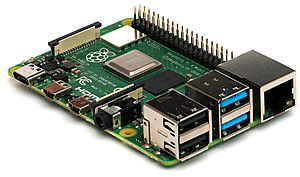
Raspberry Pi is not the only one choice for the single board computer. There are many excellent Raspberry Pi alternatives. In the following content, 5 Raspberry Pi alternatives are listed. If you don’t want use Raspberry Pi, you can try them.
1. Onion Omega2+

- CPU: 580MHz MIPS CPU
- Memory: 128MB Memory
- Storage: 32MB Storage
- USB: USB 2.0
- MicroSD Slot: Yes
- WiFi adapter: b/g/n Wi-Fi
- GPIOs: 18
- PWM: 2
- UART: 2
- I2C: 1
- SPI: 1
- I2S: 1
The Omega2+ runs on LEDE (Linux Embedded Development Environment) Linux OS – a distribution based on OpenWRT. Its outstanding character is its cheap price, making it ideal for Internet of Things projects. On the other hand, its defects are the lack of a mini HDMI port.
2. NVIDIA Jetson Nano Developer Kit
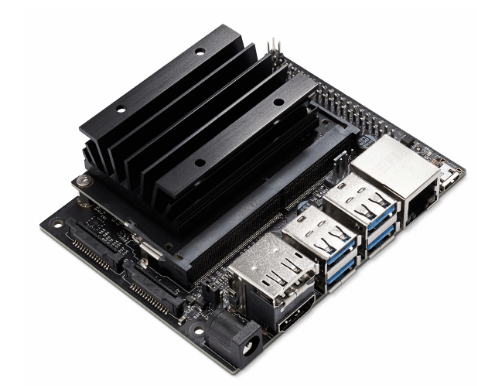
- CPU: Quad-core ARM A57 @ 1.43 GHz
- Memory: 4 GB 64-bit LPDDR4 25.6 GB/s
- GPU: 128-core Maxwell
- Storage: microSD (not included)
- USB: 4x USB 3.0, USB 2.0 Micro-B
- Video Encode: 4K @ 30 | 4x 1080p @ 30 | 9x 720p @ 30 (H.264/H.265)
- Video Decode: 4K @ 60 | 2x 4K @ 30 | 8x 1080p @ 30 | 18x 720p @ 30 (H.264/H.265)
- Camera: 2x MIPI CSI-2 DPHY lanes
- Connectivity: Gigabit Ethernet, M.2 Key E
- Display: HDMI and display port
- Others: GPIO, I2C, I2S, SPI, UART
- Mechanical: 69 mm x 45 mm, 260-pin edge connector
NVIDIA Jetson Nano Developer Kit is a small, powerful computer that lets you run multiple neural networks in parallel for applications like image classification, object detection, segmentation, and speech processing. It also comes with support for many popular AI frameworks, like TensorFlow, PyTorch, Caffe, and MXNet.
However, it’s not a hobbyist tinker board and its price is not very cheap.
3. Banana Pi M3
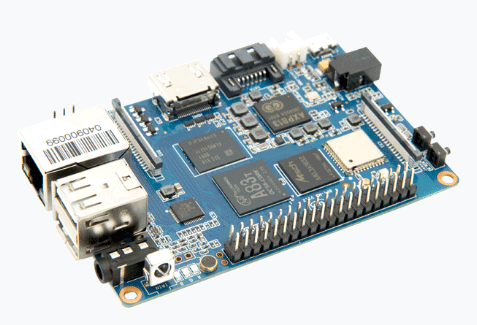
- CPU: Allwinner A83T ARM Cortex-A7 Octa-Core 1.8 GHz
- GPU: PowerVR SGX544MP1
- Memory: 2 GB LPDDR3
- Storage: 8G eMMC flash onboard; MicroSD slot; SATA 2.0 Port (USB-to-SATA bridge)
- Network: 10/100/1000 Mbit/s Ethernet; Wi-Fi 802.11 b/g/n; Bluetooth 4.0
- Video Output: HDMI port and multi-channel audio output/MIPI DSI for LCD
- Video Input: CSI Camera interface
- Audio Output:5mm jack and HDMI
- USB ports: 2 x USB 2.0 ports; 1 x USB OTG
- Audion input: onboard Mic
- GPIO: GPIO (x28); Power (+5V, +3.3V and GND); UART, I2C, SPI or PWM
- Power Input: 5 volt @2A
- Size&Weight: 92x60mm, 48g
- OS: Android and Linux
Banana PI M3 has strong compatibility and can run on Android system, Debian linux, Ubuntu linux, Raspberry Pi system and cubieboard system. In addition, it can easily run games like Quake III: Arena, and support 2K HD video output.
4. Odroid-XU4
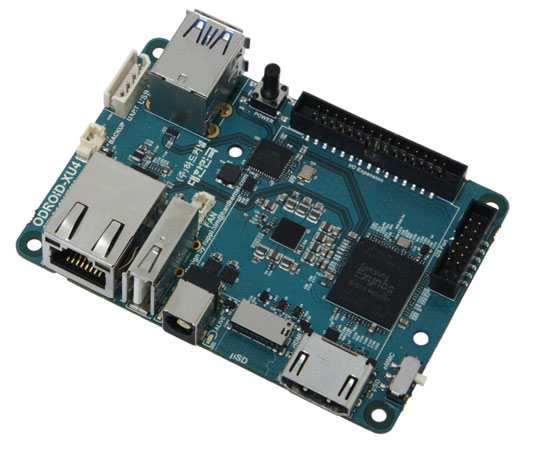
- CPU: Samsung Exynos5422 Cortex-A15 2Ghz and Cortex-A7 Octa core CPUs
- GPU: Mali-T628 MP6(OpenGL ES 3.1/2.0/1.1 and OpenCL 1.2 Full profile)
- Memory: 2Gbyte LPDDR3 RAM PoP stacked
- Storage:0 HS400 Flash Storage
- USB: 2 x USB 3.0 Host, 1 x USB 2.0 Host
- Connectivity: Gigabit Ethernet port; HDMI 1.4a for display
- Size: 83 x 58 x 20 mm approx.(excluding cooler)
- Power: 5V/4A input
- OS: Linux Kernel 4.14 LTS
Odroid-XU4 is a new generation of computing device with more powerful, more energy-efficient hardware and a smaller form factor. It offers open source support and can run various flavors of Linux, including the latest Ubuntu 16.04 and Android 4.4 KitKat, 5.0 Lollipop and 7.1 Nougat.
With amazing data transfer speeds, it allows users to experience faster booting, web browsing, networking, and 3D games.
5. Asus Tinker Board S
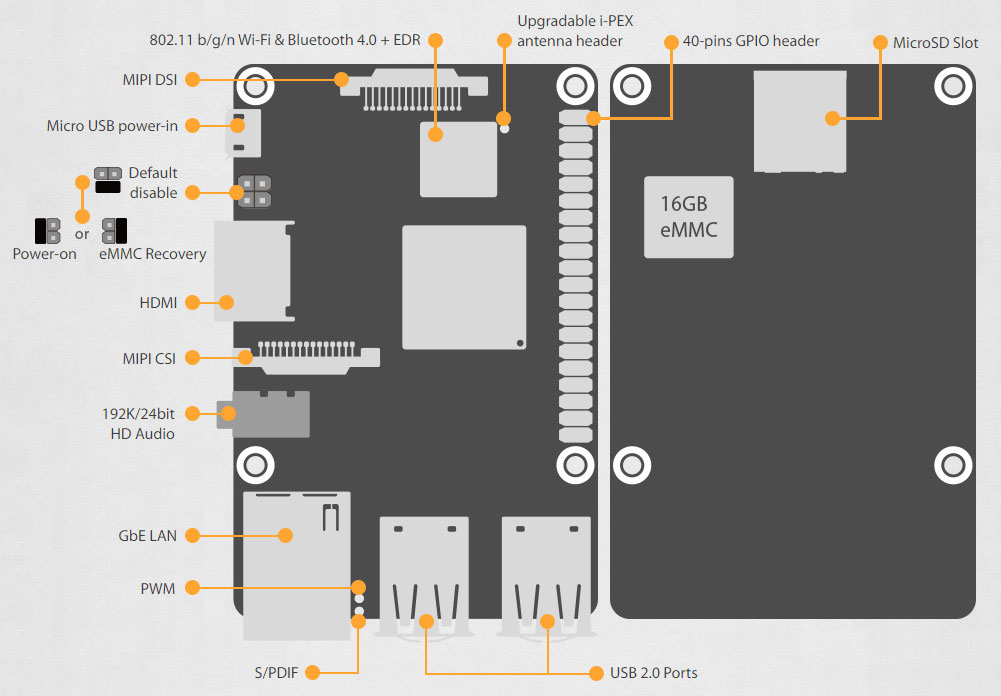
- CPU: Cortex-A17 Quad-core 1.8GHz
- Display: 1 x 15-pin MIPI DSI supports up to HD; 1 x HDMI up to 4K/30fps; HDMI CEC Hardware Ready
- Memory: Dual-CH LPDDR3 2GB
- Storage: Onboard 16GB eMMC; Micro SD(TF) card slot
- Connectivity: 1 x GB LAN; 1 x wireless 802.11 b/g/n & BT 4.0 + EDR
- Audio: RTL HD Codec with 1 x 3.5mm audio jack; Supports Plug-in Detection and Auto-Switch
- USB: 4 x USB 2.0 ports
- Internal Headers: 1 x 40-pin GPIO header w/ enhanced I2S; 1 x 2-pin eMMC recovery header; 1 x 2-pin Power-on header
- Power Connector: Micro USB (5V/2~3A); Supports low voltage input detection
- OS Support: Debian 9 / Android 6
The Tinker Board S is the second iteration of a single board computer by Asus, a major PC manufacturer. It offers greater durability, better stability and an overall improved user experience for DIY enthusiasts and makers everywhere.
The onboard 16GB eMMC storage enhances performance and stability; the microSD slot offers greater flexibility. The HDMI-CEC-ready for complete video entertainment allows users to command both Tinker Board S and a TV with a single remote control.

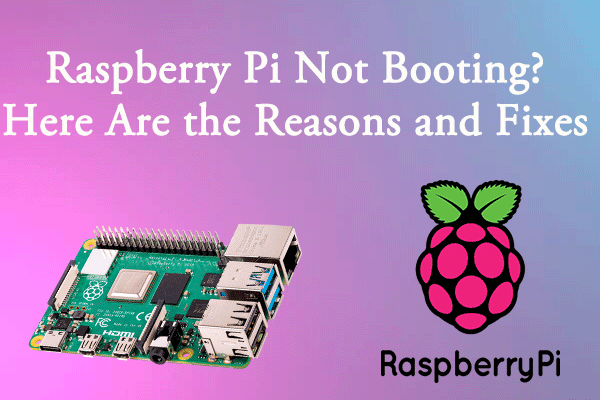
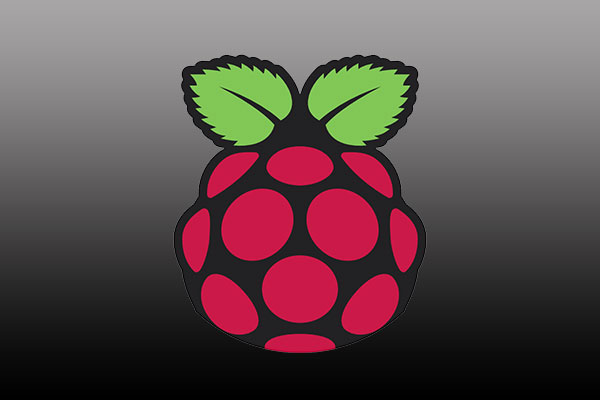
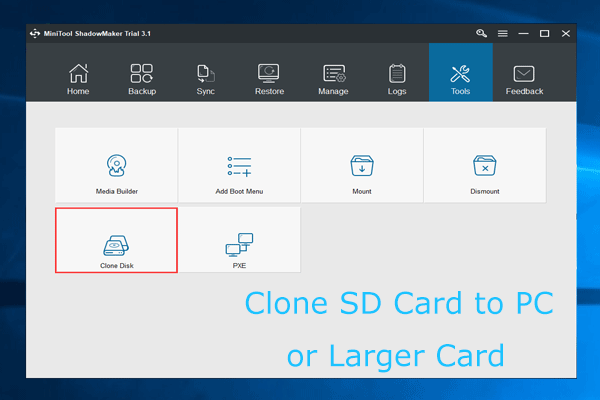
User Comments :